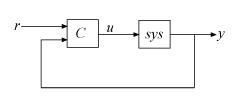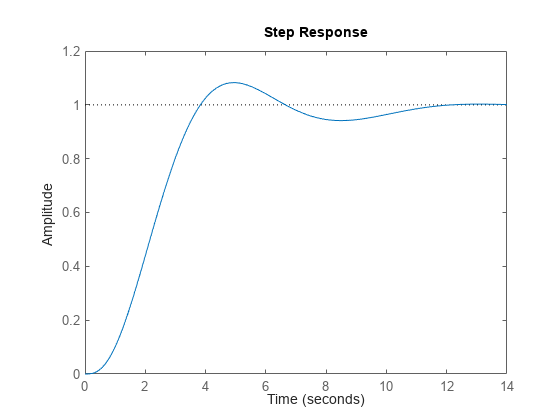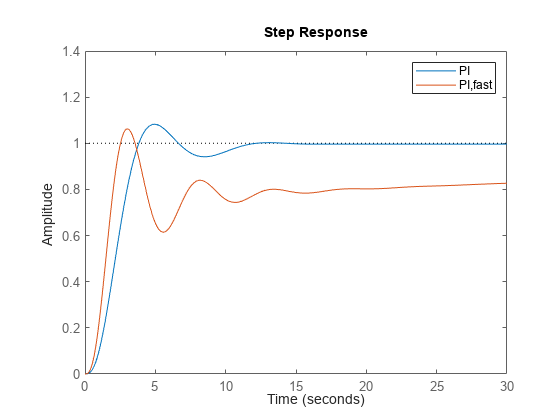pidtune
线性被控对象模型的 PID 调节算法
语法
说明
示例
输入参数
输出参量
提示
默认情况下,带有
type输入的pidtune会返回并联型pid控制器。要设计标准型控制器,请使用pidstd控制器作为输入参量C0。有关并联型和标准型控制器的详细信息,请参阅pid和pidstd参考页。有关实时编辑器中的交互式 PID 调节,请参阅调节 PID 控制器实时编辑器任务。此任务可以交互方式设计 PID 控制器,并为实时脚本自动生成 MATLAB® 代码。
算法
有关 MathWorks® PID 调节算法的信息,请参阅 PID 调节算法。
替代功能
有关实时编辑器中的交互式 PID 调节,请参阅调节 PID 控制器实时编辑器任务。此任务可以交互方式设计 PID 控制器,并为实时脚本自动生成 MATLAB 代码。有关示例,请参阅PID Controller Design in the Live Editor
对于独立 App 中的交互式 PID 调节,请使用 PID 调节器。有关使用该 App 设计控制器的示例,请参阅用于快速参考跟踪的 PID 控制器设计。
参考
[1] Åström, Karl J., and Tore Hägglund. Advanced PID Control. Research Triangle Park, NC: ISA-The Instrumentation, Systems, and Automation Society, 2006.
版本历史记录
在 R2010b 中推出



